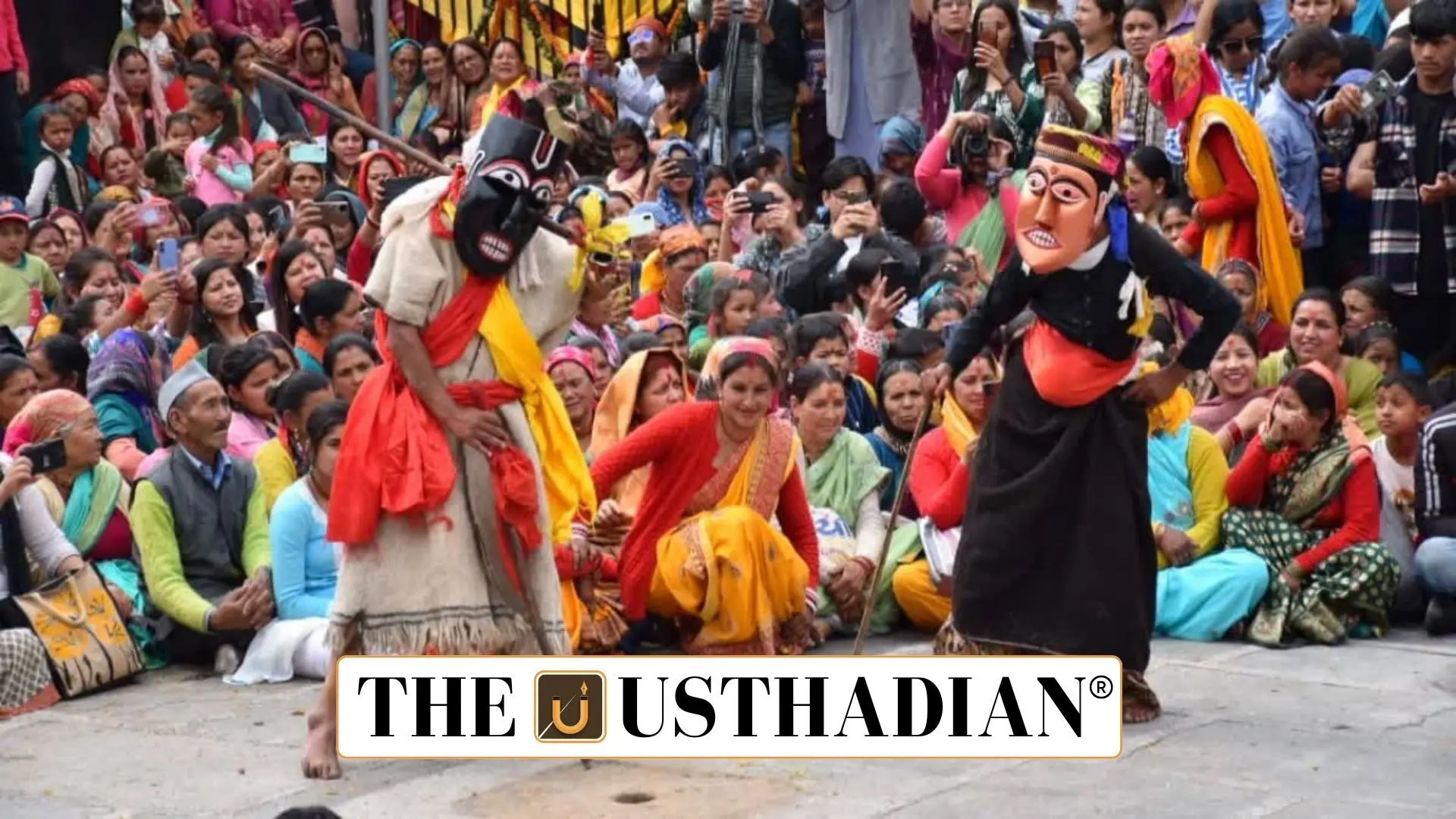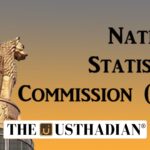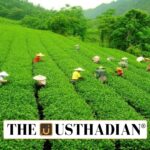Preserving the Spirit of Folk Culture
Ramman Festival of Uttarakhand: A UNESCO-Recognised Folk Tradition: The Ramman festival, celebrated annually in the twin villages of Saloor-Dungra in Chamoli district, Uttarakhand, is a remarkable celebration of folk art, community rituals, and spiritual storytelling. In 2009, the festival received the prestigious title of UNESCO Intangible Cultural Heritage, making it one of India’s rare traditional festivals recognised globally. Ramman is not merely a cultural event—it’s a living tradition that binds generations and symbolizes the cultural richness of the Garhwal region.
Ritual Performances Rooted in the Ramayana
The Ramman festival lasts 11 to 13 days, filled with rituals, prayers, and theatrical performances based on episodes from the Ramayana. Each social group has a specific role—Brahmans conduct sacred rituals, while Bhandaris (Kshatriyas) perform using sacred masks that represent characters like Hanuman and Ram. The festival includes dramatic reenactments of key scenes such as Sita’s Swayamvar and Hanuman’s first meeting with Ram, showcasing a spiritual and dramatic synthesis of religious narrative and village life.
The Musical Heartbeat: Dhol-Damaun and Storytelling
Music is central to the vibrancy of Ramman. Traditional instruments like the Dhol and Damaun set the rhythm for various dance styles, including Mor-Morni and Khyalari, which enrich the narrative structure of performances. These musical elements enhance the storytelling, allowing the community to connect emotionally and spiritually with their heritage. The mask dances and drum beats transport the audience into the world of Ramayana, making each performance both sacred and celebratory.
Cultural Continuity and Community Engagement
Ramman is a community-driven celebration with a strong emphasis on cultural transmission. Efforts are consistently made to involve younger generations, ensuring that these ancient traditions are not lost over time. While maintaining religious and cultural relevance within the village, the community also seeks national and international recognition. This helps to both sustain the festival economically and preserve the cultural identity of the region in a rapidly modernising world.
Static GK Snapshot for Exams
Ramman Festival of Uttarakhand: A UNESCO-Recognised Folk Tradition:
| Topic | Details |
| Festival Name | Ramman Festival |
| Location | Saloor-Dungra, Chamoli district, Uttarakhand |
| Duration | 11–13 days |
| UNESCO Status | Intangible Cultural Heritage (Inscribed in 2009) |
| Themes | Ramayana stories, folk dances, caste-based roles |
| Key Elements | Mask dances, Dhol-Damaun music, Brahmanical rituals |
| Main Performers | Bhandaris (masked dancers), Brahmans (priests) |
| Cultural Value | Inter-generational transmission, tourism, community identity |
| Dance Styles | Mor-Morni, Khyalari |
| Musical Instruments | Dhol, Damaun |








